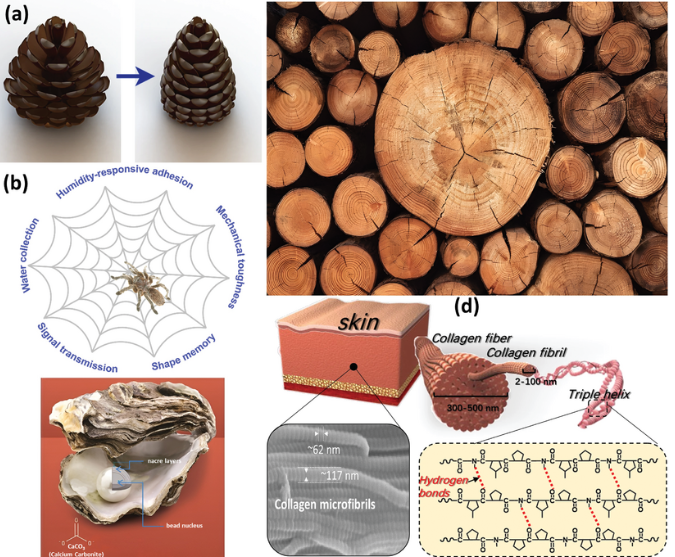Advancements in 3D Printing Technology What to Expect in the Next Decade
- garry9907
- Jun 29, 2023
- 2 min read
Updated: Jul 5, 2023
As a 3D printing enthusiast and professional, my fascination with the subject continues to grow each day. The rate at which this technology is progressing is truly astounding. We're witnessing an era where the boundaries between science fiction and reality are becoming increasingly blurred, especially with regard to 3D printing technology. So, what exactly can we expect in the next decade?
A Brave New World of 3D Printing
The world of 3D printing, also known as additive manufacturing, is evolving at an extraordinary pace. In fact, a report by SmarTech Analysis anticipates the metal additive manufacturing market to reach $10 billion by 2029. If we delve deeper into these technological advancements, the impact they could have on various industries is staggering.
Material Expansion and Novelty

One significant advancement to look out for is the expansion of printable materials. While current 3D printers typically use plastic, metal, or ceramic, the next decade will likely witness the advent of printers that can manipulate a much broader range of materials. For instance, scientists at University of British Columbia have recently developed a way to 3D print materials that mimic the structural details of bone, a leap that could revolutionize medical implants.
Greater Precision and Quality

We can also expect enhancements in the precision and quality of 3D printed products. New printing techniques, coupled with AI-driven quality control, will result in fewer printing errors and higher resolution prints. For instance, Vancouver-based Aspect Biosystems is paving the way for bioprinting with their innovative technology, aiming to create functional human tissues for therapeutics and medical research.
Sustainability through 3D Printing

Sustainability is another key area where 3D printing technology can make a considerable difference. With growing global concerns about environmental issues, 3D printing holds the promise of manufacturing with less waste, reduced transportation needs, and the potential for recycling materials. The Montreal-based company Pyrowave is pioneering a novel microwave-based technology to recycle plastics, which can then be used in 3D printing, thereby contributing to a circular economy.
Conclusion
The advancements in 3D printing technology that we've glimpsed in recent years are merely the tip of the iceberg. Over the next decade, these developments will likely accelerate, leading to paradigm shifts across industries, from manufacturing to healthcare, construction, and beyond. These innovations will not only revolutionize how we produce objects but also have the potential to greatly benefit our society and the environment.
Remember, in this era of rapid technological progress, staying updated with the latest trends and breakthroughs is vital. Therefore, keep an eye on this space for more exciting insights into the dynamic world of 3D printing.




Comments